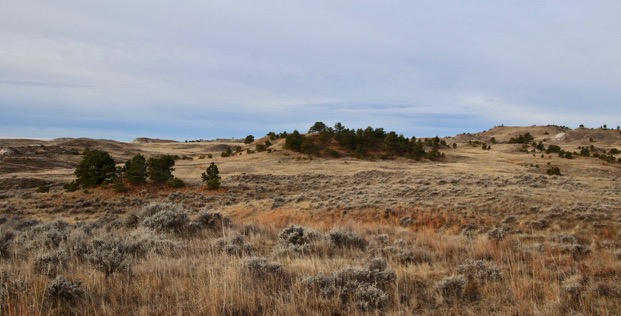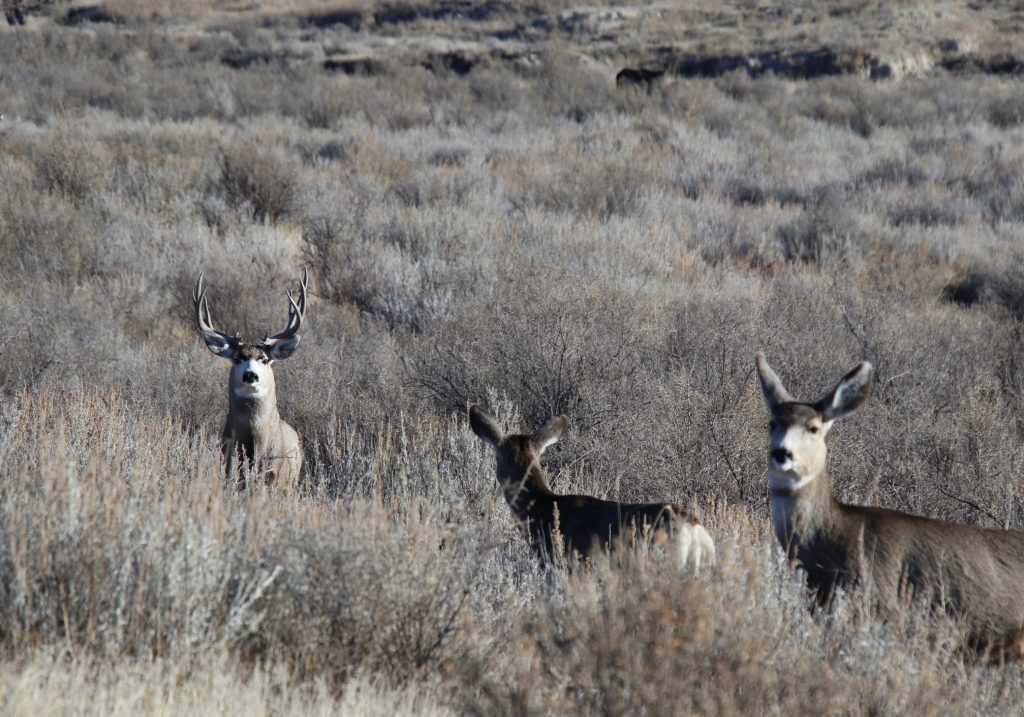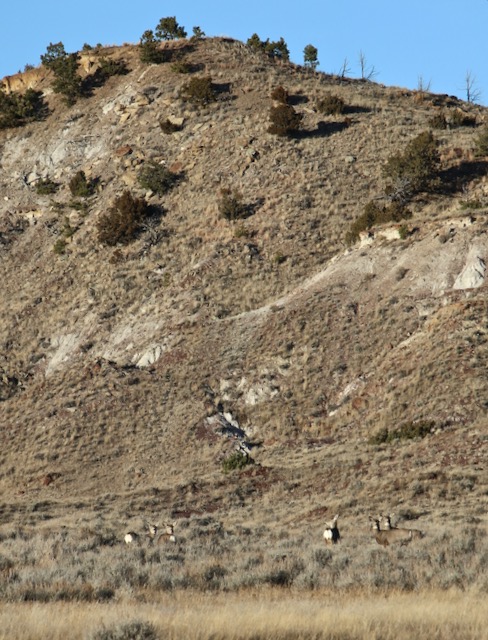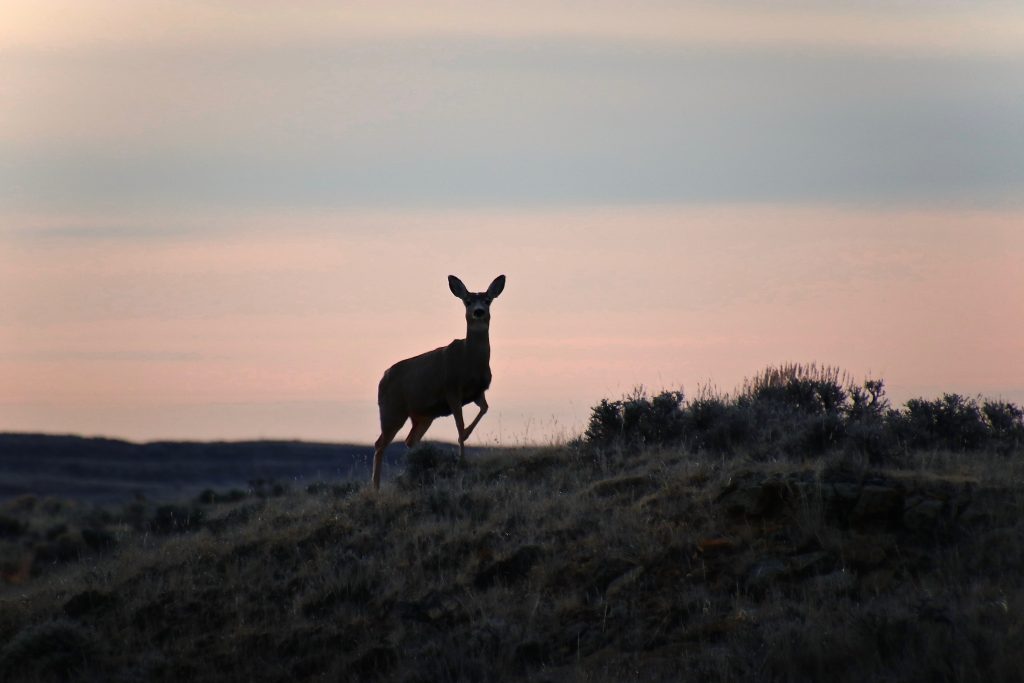Post Season Scouting
A task that quickly follows the wrap of hunting season is “deer counting”. The SNS team has a commitment to conservation. Maintaining a knowledge base of herd health is crucial to what we do. Taking the time to obtain these numbers is a tremendous help with the overall management scheme for the years to come. When deer populations thrive, quality hunting flourishes!

Deer counting is a relaxing duty. The equipment list for a day out tallying includes a ranch truck, binoculars, a spotting scope and a thermos of hot coffee comes in awfully handy as well! Ideal conditions would be a 25 degree day with no wind and a light skiff of snowfall on the ground. As you could imagine, deer are easily spotted early morning or evening during feeding times and when they are not bedded down out of harsh weather.
We are looking for specific number totals in the area. However, we are also developing “trend counts”. A trend count is a ratio of both fawn and buck deer per doe population. For example, 65 fawn to 100 doe deer is reassuring of a stable population. We estimate that half of those fawn are bucks. In 5-6 years of maturing, those bucks will have remarkable growth. Yearling populations are examined with the hopes that greater than 1/3 of those are bucks. A sheet of tally marks is kept as the deer are spotted and caution is used to not count any groupings twice.
Hiking pastures and trails in the fall is a great way to assess the quality and amount of food. It is critical the deer have good feed for the winter to maintain their health. The deer diet consists of more than just grasses and hayfields. Sagebrush liter growth is new, soft chewable foliage. Liter branches grow upward 5-6 inches from the sagebrush and is easily accessible to forage on even with heavy snow fall. Spring moisture determines the abundance of this feed.

SNS is certainly not alone in performing such species counts. The biologist with the Game & Fish do extensive research on this very topic. They compile their own deer count numbers and at times compare with reputable outfitters such as SNS. Have you ever received a “Harvest Survey” from the Game & Fish? The next time you do, please take a moment to fill that out. They are a great tool for their research as well. The Game & Fish monitors winter kill over the months of December, January and February. License quotas and season dates are set and then we are happily right back to hunting season once again!
There is a sense of thrill counting this herd and several bucks that will mature in the next few years. Their numbers are good, feed adequate, ratios optimal. It excites us for next year’s hunting season and gives us reassurance that this area’s deer will likely have great results for many, many years to come!





